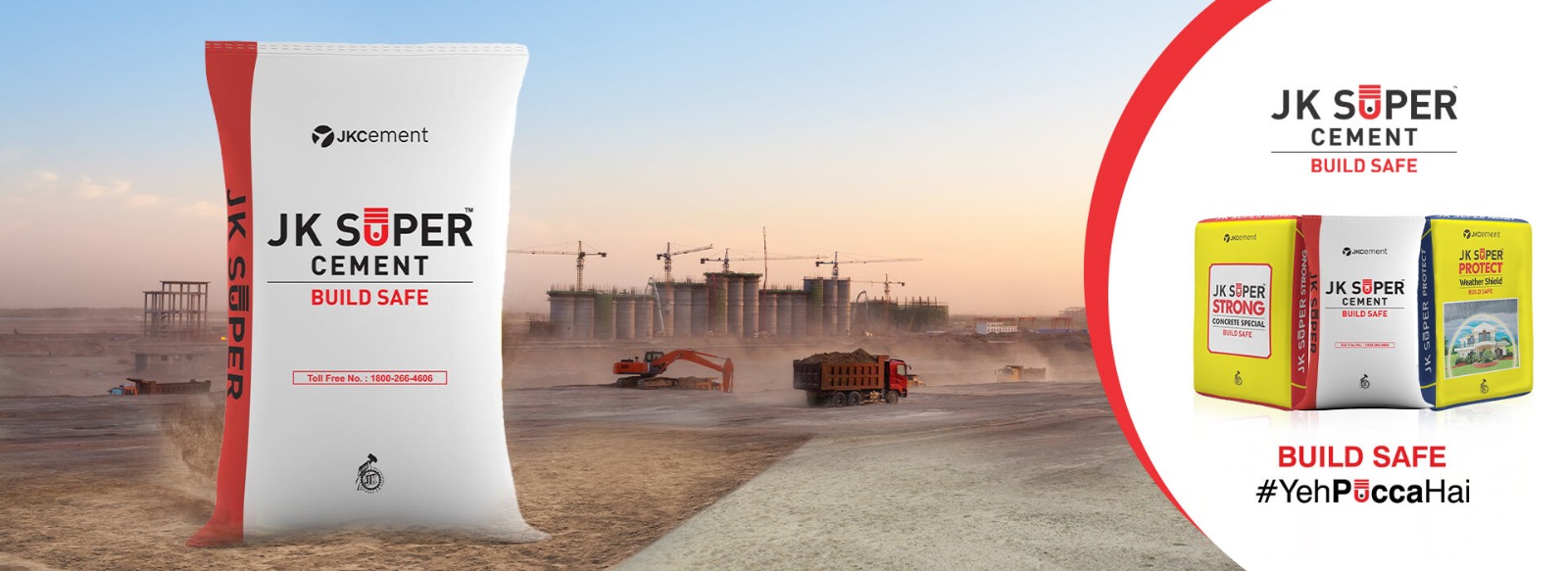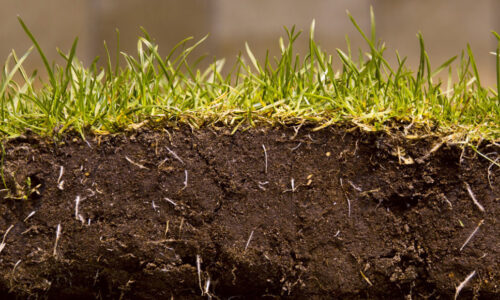CONSOLIDATION OF SOIL – ITS TYPES, AND PROCESS
Consolidation of Soil – Types and Process
Soil consolidation is a fundamental geotechnical phenomenon that describes the process of soil settlement due to the expulsion of water from the void spaces within the soil matrix. This process plays a crucial role in various engineering projects, including the construction of buildings, bridges, and other infrastructure. Understanding the types of soil consolidation and the underlying process is essential for ensuring the stability and longevity of such structures.
Key Points:
- Introduction to Soil Consolidation: Soil consolidation is the process by which soil particles pack together more closely over time as excess water is squeezed out under load. This leads to a reduction in the volume of void spaces within the soil, resulting in settlement.
- Types of Soil Consolidation:
- Primary Consolidation: This type of consolidation occurs immediately after a load is applied to the soil. It is primarily attributed to the squeezing out of water from the soil voids due to the applied load.
- Secondary Consolidation: Also known as creep or delayed consolidation, this occurs over a more extended period after primary consolidation. It involves the rearrangement of soil particles under constant load.
- Terzaghi’s One-Dimensional Consolidation Theory: Karl Terzaghi, a prominent geotechnical engineer, developed a theory to describe the process of one-dimensional consolidation. According to this theory, primary consolidation can be characterized by the following key parameters:
- Coefficient of Consolidation (Cv): Represents how quickly water is expelled from the soil during consolidation.
- Coefficient of Volume Compressibility (mv): Indicates how much the soil volume decreases with increasing effective stress.
- Consolidation Process:
- Loading: When a load is applied to a soil layer, water in the voids initially resists compression.
- Primary Consolidation: As the load persists, water gradually drains out of the soil, leading to settlement. This phase is characterized by a decreasing rate of settlement over time.
- Secondary Consolidation: After primary consolidation, a slow, continuous settlement known as secondary consolidation occurs due to the rearrangement of soil particles.

- Factors Affecting Soil Consolidation:
- Soil Type: Fine-grained soils like clay experience more consolidation compared to coarse-grained soils.
- Initial Water Content: Soils with higher water content tend to undergo more consolidation.
- Load Magnitude: Greater loads lead to more significant consolidation.
- Time: Consolidation is a time-dependent process, and longer load durations result in more settlement.
- Importance in Geotechnical Engineering:
- Proper assessment of soil consolidation is crucial for estimating settlement in structures.
- Engineers use consolidation data to design foundations that can withstand anticipated settlements.
- Inadequate consideration of consolidation can lead to differential settlements, compromising the structural integrity of constructions.
- Mitigation Measures:
- Preloading: Applying an initial load to the soil before construction to expedite primary consolidation.
- Vertical drains: Installing drains to facilitate water drainage and speed up the consolidation process.
Conclusion:
Soil consolidation is a complex yet critical phenomenon in geotechnical engineering. Understanding its types and the underlying process is essential for designing stable and long-lasting structures. Proper consideration of consolidation helps engineers predict settlements accurately and implement effective mitigation measures. As construction projects continue to push boundaries, a comprehensive grasp of soil consolidation remains essential for ensuring the safety and durability of our built environment.


